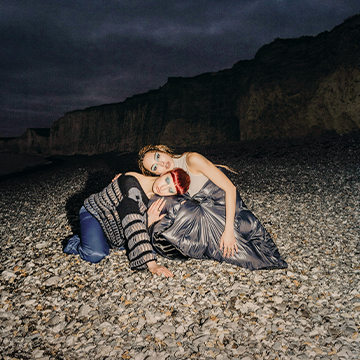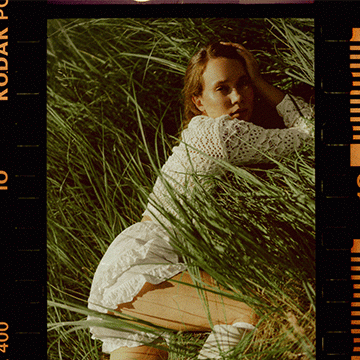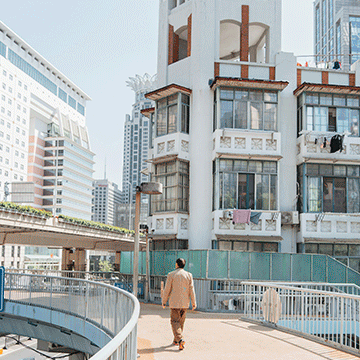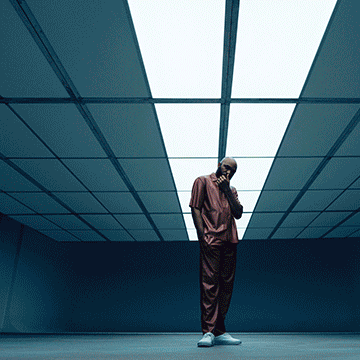Download Assets
description
Discover the surprising secret to perfect color matching in Photoshop! This tutorial shows you how to easily analyze and duplicate colors from one photo to another using a simple levels adjustment layer. Get the exact look you want and master a powerful technique.
Follow along with all 30 episodes as we explore the the magic of Photoshop together!
Watch Next
JOIN 30 DAYS OF PHOTOSHOP (FOR FREE!)
Ready to jump in? Sign up and we’ll email you a printable calendar and daily class schedule so you can get started right away!
Share
AFTER
BEFORE
Perfect Color Matching
Have you ever wanted to give your photos a color makeover inspired by another image? If so, then Photoshop’s Neural Filters have a powerful tool called “Color Transfer” that can help you achieve that look.
Analyze Your Images
Open both images in Photoshop. To analyze them side-by-side, drag one image into the same document as the other . Expand your canvas with the Crop Tool (Keyboard Shortcut “C”) if needed.Keep in mind that Photoshop’s built-in “Match Color” tool and Neural Filters often fall short, so today we’ll show you the manual method for better control.
Adjust Colors
1. Use the Eyedropper Tool (Keyboard Shortcut “I”) to analyze the colors in the source image, paying attention to highlights and shadows. Note the tones—for example, a warm, yellow hue in the highlights.
2. Next, on your target image layer, go to Filter > Convert for Smart Filters to make it a Smart Object.
3. Then, open the Levels adjustment panel (Keyboard Shortcut “Ctrl/Cmd+L”). Start with the main RGB channel to adjust brightness and shadow levels, then move to individual color channels (Red, Green, Blue) to fine-tune the color balance. Adjusting the Blue channel’s output levels is key for adding yellow tones.
Finalize & Export
4. Move the sliders in the Levels panel to achieve the desired color match, comparing it to the source image. Don’t be afraid to experiment, as the Smart Object allows you to reset or adjust your changes at any time.
5. Once satisfied, click OK. You can also lower the opacity of the levels adjustment layer for a more subtle effect.
6. To export only the adjusted image, right-click its layer and select Export As… to save it as a JPEG or other format. This preserves the original document with both images for future reference.
Thank you for joining us today! We hope this guide helps you master color matching. Tune in tomorrow for Day 26 of 30 Days of Photoshop, where we’ll show you how to create a mockup.












